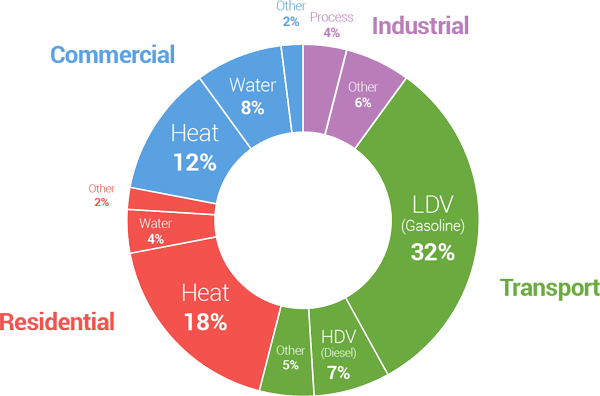Carbon Reduction in Commercial New Construction
By Dave Hewitt | Fri, March 22, 19
Every city climate action plan I have ever read references moving to zero energy buildings as well as more stringent or zero energy building energy codes. These are great plan elements and certainly are “doable” things to include in a plan. That said, zero energy buildings are not all that easy to accomplish across the broader market, and they certainly won’t happen without a substantial supportive effort.

